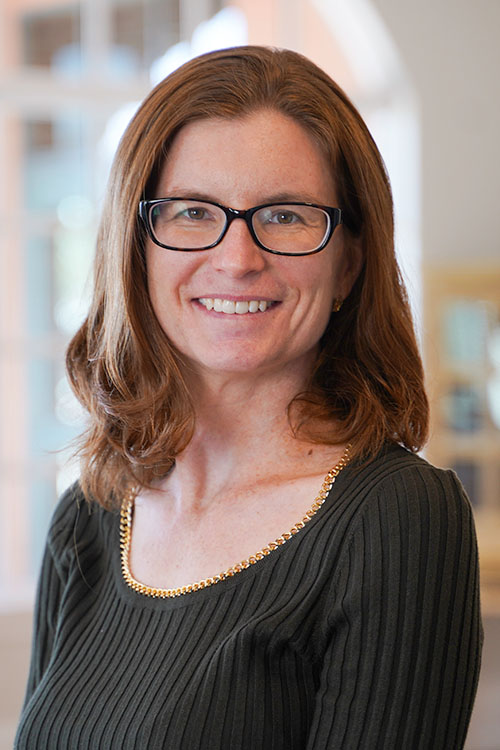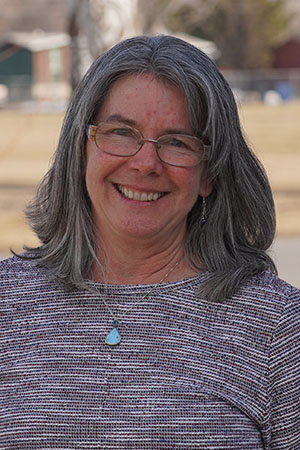If You Suspect Your Child Is Using Opioids

Opioid use disorders touch the lives of many families, and numerous factors influence the decision to use substances. Your child’s drug use does not mean that you are unsuccessful at parenting. As a parent, consider the following actions you can take to support your child and family if you suspect your child is using opioids. A number of resources, both local and national, are listed at the end of this fact sheet for further guidance and support services.
#1 Get Help
You are not alone, and there are people who can provide assistance. It’s important to reach out to those you trust (e.g., a religious leader, therapist, healthcare provider), as they will be able to connect you with services. For example, a licensed mental health professional can assess your child to help identify and treat some of the factors driving the substance use. Youth with mood and/or anxiety disorders are at higher risk for substance use (Conway et al., 2016) and opioid overdose (Hadland et al., 2021), so making sure your child has mental health care from trained professionals is an essential piece to the treatment plan.
#2 Prepare for Conversations with Your Child and Keep Communication Open
Every parent-child relationship is different and will affect how you choose to start a conversation. Consider using the suggested resources, which provide advice on setting boundaries, using positive reinforcement to encourage behavior change, and allowing your child to experience consequences.
#3 Get Trained on How to Use Naloxone (Narcan®)
Overdose due to opioids remains the leading cause of death in Utah (Utah Department of Health, n.d.). Naloxone (Narcan®) is a medication used to temporarily reverse an opioid overdose. It is safe, effective, and saves lives. According to the Utah Department of Health (n.d.), almost anyone can learn the signs of opioid overdose and how to use a naloxone (Narcan®) rescue kit. Access naloxone kits at public libraries, police departments, and health departments. Trainings on administering naloxone are available in your community and many online videos
(see links under resources).
#4 Talk to Your Child and a Doctor about Treatment
Not all health information about your child can be shared because the Health Insurance Portability and Accountability Act of 1996 (HIPAA) confidentiality rules may apply. Team up with your child and a healthcare provider (such as your primary care doctor) to choose a treatment and recovery path. Treatment can include medications for opioid use disorder (MOUD) and individual and family therapy. Buprenorphine (sometimes called by the brand name “Suboxone®”) is an effective medication used to treat opioid use disorders and is approved by the U.S. Food and Drug Administration for youth aged 16 and older. The American Academy of Pediatrics recommends youth with opioid use disorders have access to MOUD like buprenorphine. According to the Committee on Substance Use and Prevention (2016), research shows using this medication for long-term treatment (more than eight weeks) helps retain young patients in treatment and reduces risky opioid use.
Resources
- Starting a Conversation With Doctors Use Only as Directed: https://useonlyasdirected.org/
- Finding Doctors and Other Providers Who Prescribe Buprenorphine
Substance Abuse and Mental Health Services Administration (SAMHSA) buprenorphine practitioner locator: https://www.samhsa.gov/medication-assisted-treatment/practitioner-program-data/treatment-practitioner-locator - Training on Naloxone
Utah Naloxone: http://www.utahnaloxone.org Utah.gov: https://naloxone.utah.gov/public Utah State University naloxone training: https://healthequity.usu.edu/troi-resource-center - Educating Yourself Utah Coalition for Opioid Overdose Prevention: https://ucoop.utah.gov/
Stop the Opidemic: https://www.opidemic.org/ Utah.gov: https://naloxone.utah.gov/resources - Accessing Support Services
Utah Crisis Line: 1-800-273-TALK (8255) – free and confidential
SAMHSA’s National Helpline: 1-800-662-HELP (4357) – free and confidential, 24/7, 365 days-a-year treatment referral and information service (in English and Spanish) for individuals and families facing mental and/or substance use disorders.
Partnership to End Addiction: https://drugfree.org/about-us/
Parents Empowered: https://parentsempowered.org/
Talk. They Hear You: https://www.samhsa.gov/talk-they-hear-you
Stop the Opidemic: https://www.opidemic.org/
References
- Committee on Substance Use and Prevention (2016). Medication-assisted treatment of adolescents with opioid use disorders. Pediatrics. 138(3), e20161893. https://doi.org/10.1542/peds.2016-1893
- Conway, K. P., Swendsen, J., Husky, M. M., He, J. P., & Merikangas, K. P. (2016). Association of lifetime mental disorders and subsequent alcohol and illicit drug use: Results from the National Comorbidity Survey – Adolescent Supplement. Journal of the American Academy of Child & Adolescent Psychiatry, 55(4), 280–288. https://doi.org/10.1016/j.jaac.2016.01.006
- Hadland, S. E., Bagley, S. M., Gai, M. J., Earlywine, J. J., Schoenberger, S. F., Morgan, J. R., & Barocas, J. A. (2021). Opioid use disorder and overdose among youth following an initial opioid prescription. Addiction, 116(10), 2790–2800. https://doi. org/10.1111/add.15487
- Public Health Indicator Based Information System. (2021). Health indicator report—drug overdose and poisoning incidents. Utah Department of Health. https://ibis.health.utah.gov/ibisph-view/indicator/view/PoiDth.SA.html
Utah State University Extension
Peer-reviewed fact sheet
Download PDF
Authors
Gabriela Murza, Tim Keady, Paige Wray, Elizabeth Elsmore, Gabriel Glissmeyer, Katie Zaman, Suzanne Prevedel, and Sandra Sulzer
Related Research





